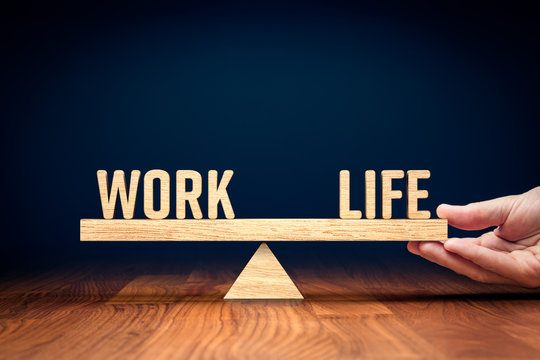Introduction
In our fast-paced modern world, striking a harmonious balance between work and personal life is an increasingly challenging feat. The pursuit of work-life balance is not just a luxury; it is essential for overall well-being, productivity, and happiness. This article delves into practical tips and insights to guide individuals in the delicate dance of managing their professional and personal spheres.
Understanding Work-Life Balance:
1. Defining the Concept: Unraveling the multifaceted concept of work-life balance and its implications.
2. Impact on Health: Exploring the profound effects of imbalance on both physical and mental health.
3. Signs of Unhealthy Balance: Recognizing early indicators of an unhealthy work-life balance to prompt proactive measures.

Setting Boundaries:
1. Importance of Clear Boundaries: Emphasizing the significance of establishing distinct boundaries between work and personal life.
2. Creating a Specified Workspace: Strategies for carving out a dedicated and effective workspace to maintain separation.
3. The Power of 'No': Learning the art of saying 'no' when necessary to prevent overcommitment and burnout.
Effective Time Management:
1. Task Classification: Maximizing productivity through the strategic classification of tasks.
2. Scheduled Breaks: Recognizing the importance of incorporating breaks and downtime into daily schedules.
3. Role of Time-Setting: Understanding how effective time-setting contributes to managing diverse responsibilities.
Flexibility and Adaptability:
1. Embracing Flexibility: Integrating flexibility into both professional and personal commitments.
2. Adapting to Changes: Developing adaptability to navigate unexpected changes without compromising overall well-being.
3. Growth Mindset: Recognizing the value of a growth mindset in facing challenges with resilience and positivity.
Technology and Disconnecting:
1. Impact of Technology: Assessing the influence of technology on work-life balance and mental health.
2. Strategies for Unplugging: Implementing effective strategies for unplugging and disconnecting from work-related demands.
3. Establishing Digital-Free Zones: Designating specific times and spaces free from digital intrusion.

Caring for Personal Well-being:
1. Importance of Self-Care: Highlighting the significance of self-care practices and their positive impact on overall productivity.
2. Incorporating Activities: Encouraging the integration of exercise, hobbies, and relaxation into daily routines.
3. Mindfulness Practices: Understanding the role of mindfulness in reducing stress and promoting mental well-being.
Building Support Systems:
1. Strong Support Network: Acknowledging the importance of cultivating a robust support network.
2. Effective Communication: Advocating for open communication with family, friends, and colleagues about personal and professional boundaries.
3. Professional Help: Recognizing the value of seeking professional assistance when navigating challenges becomes overwhelming.
Conclusion
Achieving work-life balance is an ongoing, dynamic process that demands self-awareness, commitment, and adaptability. Through the implementation of these practical strategies, individuals can cultivate a harmonious blend of work and personal life, ultimately leading to enhanced overall satisfaction and well-being.



You must be logged in to post a comment.